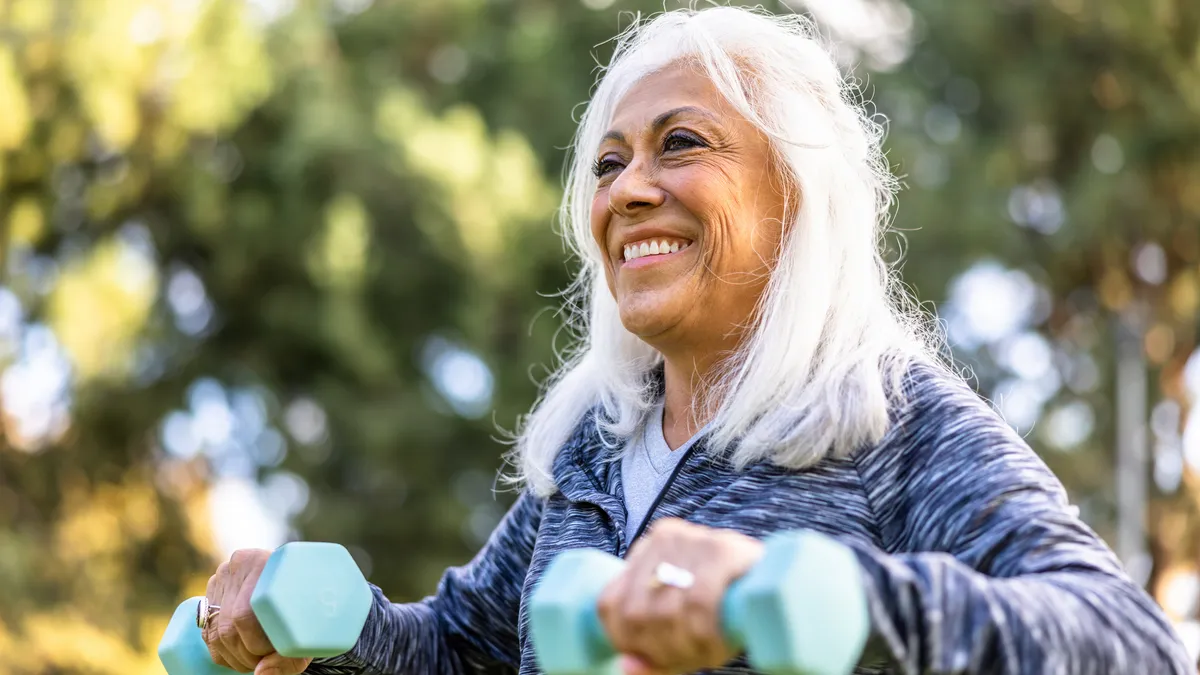

Regular exercise is essential for maintaining health and vitality at any age, and it becomes increasingly important as we grow older. For seniors, engaging in consistent physical activity offers numerous benefits, including improved cardiovascular health, enhanced muscle strength, better balance, and a positive impact on mental well-being. This blog explores the advantages of regular exercise for older adults and provides practical recommendations for incorporating safe and effective workouts into daily routines.
Benefits of Regular Exercise for Seniors
- Improved Cardiovascular Health: Engaging in aerobic exercises such as walking, swimming, or cycling can strengthen the heart and improve circulation, reducing the risk of heart disease and hypertension.
- Enhanced Muscle Strength and Bone Density: Resistance training helps maintain muscle mass and bone density, which are crucial for mobility and reducing the risk of osteoporosis and fractures.
- Better Balance and Coordination: Activities like tai chi and yoga enhance balance and coordination, decreasing the likelihood of falls—a common concern among older adults.
- Mental Health Benefits: Regular physical activity can alleviate symptoms of depression and anxiety, improve mood, and enhance cognitive function, potentially delaying the onset of dementia.
- Increased Flexibility and Joint Health: Stretching exercises and low-impact activities help maintain flexibility and reduce stiffness, promoting better joint health.

Recommended Types of Exercise for Older Adults
- Aerobic Exercises: Aim for at least 150 minutes of moderate-intensity aerobic activity each week. Walking, swimming, and dancing are excellent options that can be adjusted to individual fitness levels.
- Strength Training: Incorporate resistance exercises at least two days a week to work major muscle groups. Using light weights, resistance bands, or body-weight exercises like squats and push-ups can be effective.
- Balance and Flexibility Exercises: Practices such as tai chi, yoga, and simple balance exercises (e.g., standing on one foot) should be included to enhance stability and flexibility.

Safety Considerations
- Consult Healthcare Providers: Before starting any new exercise program, especially for those with chronic conditions, it’s important to consult with healthcare professionals to tailor activities to individual health needs.
- Start Slow and Progress Gradually: Begin with low-intensity exercises and gradually increase intensity and duration to prevent injuries.
- Use Proper Equipment: Ensure that footwear and any exercise equipment are appropriate and safe to use.
- Stay Hydrated and Mind Weather Conditions: Drink plenty of water and avoid exercising in extreme temperatures to prevent dehydration and heat-related illnesses.

Incorporating Exercise into Daily Life
- Set a Routine: Schedule specific times for exercise to build consistency.
- Find Enjoyable Activities: Choose exercises that are enjoyable to increase adherence, whether it’s group classes, gardening, or playing with grandchildren.
- Social Engagement: Participating in group exercises or walking with friends can provide social benefits and increase motivation.
Conclusion
Regular exercise is a cornerstone of healthy aging, offering physical, mental, and emotional benefits that enhance the quality of life for seniors. By incorporating a balanced exercise regimen tailored to individual abilities and preferences, older adults can maintain independence, prevent chronic diseases, and enjoy a more fulfilling life. It’s never too late to start; embracing physical activity today paves the way for a healthier tomorrow.


